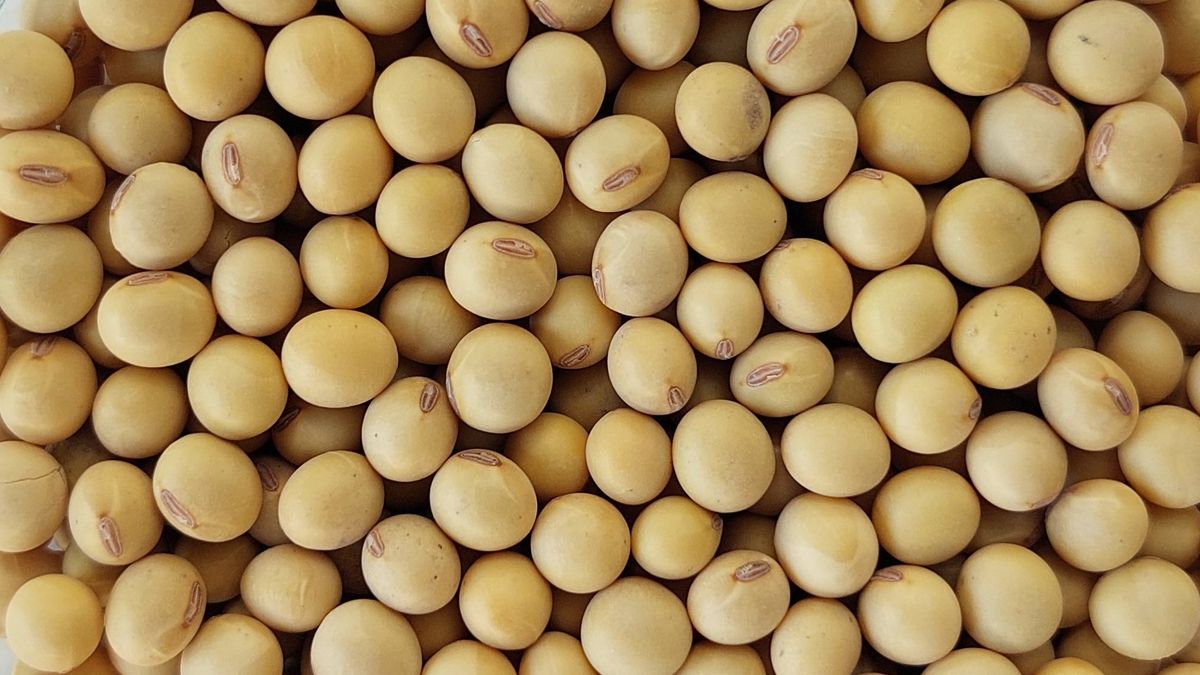The harvest of soy of Brazil in 2023/24 it will reach 147.7 million metric tons, the consulting firm AgRural said on Monday, which lowered its January forecast of 150.1 million tons, following yield losses in the main producing areas due to bad weather. ; while, Uruguay expects a harvest of 3 million tons of soy.
The farmers of the major producer and exporter soybean world have had to face dry and hot weather this season, which has led government agencies and private consulting firms to lower their forecasts for production.
AgRural has cut its estimates several times since the end of last year. In November, before a heat wave with days of above-average temperatures in the central-west and southeast of Brazil, the consultancy’s forecast was 164.6 million tons.
The latest cut, according to a statement from AgRural, is related to yield losses in the states of Parana and Mato Grosso do Sul due to irregular rains and heat in January and February.
The new estimate is known at a time when the soybean harvest advances in Brazil, which reached 40% of the planted area last Thursday, according to AgRural, 8 percentage points more than the previous week and above the 33% at the same time the previous year.
The consulting firm also said that 73% of the surface of corn second harvest in the central-southern region of Brazil had been planted at the end of last week, compared to 59% the previous week and 56% last year.
“Conditions so far are predominantly favorable,” AgRural added. Second-hand corn Brazil is planted after harvest soybeans in the same fields and represents around 75% of the national corn production of a year.
Uruguay aims to achieve a production of 3 million tons of soybeans
He agricultural sector aims to once again produce 3 million tons of soy, in a context of falling international prices and after a year where exports of the product fell sharply due to the impact of the drought.
Looking ahead to 2024, the agro maintains good expectations and aspires to reach that figure, at a time when between 10 and 15% growth is expected with respect to the last harvest, in which 1.23 million hectares were planted according to data from Urupov.
Although official data show that the surface area of the oilseed in Uruguay It is 1.06 million hectares, in the sector they believe that this number will be higher and may reach 1.25 million.
The director of the Las Lechuzas agricultural company and advisor in Durazno, Nicolás Naredo, told Revista Verde that soybeans, both first and second sown on spring rapeseed “are the crops that come better.”
In dialogue with the same medium, Diego Guigou, ADP agricultural production manager, admitted that the delay in sowing causes a lower yield potential, which is why he points to an improvement in productivity.
“Although an important part of the soybean area was planted later, the prospects for rain encourage good productivity and will be the one that will have to pay for the drop in grain prices, which is worrying,” said Guigou.
Source: Ambito




